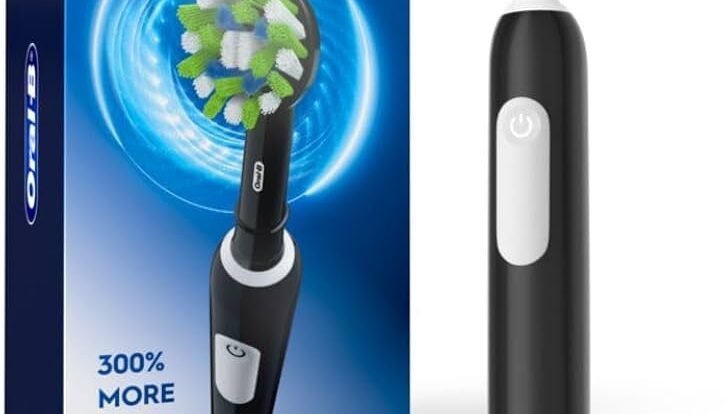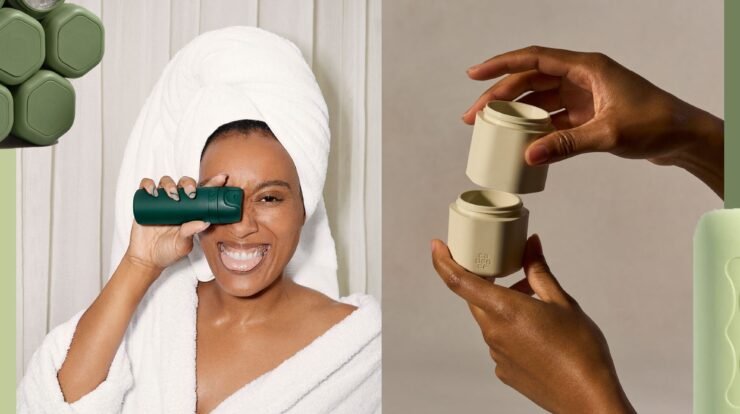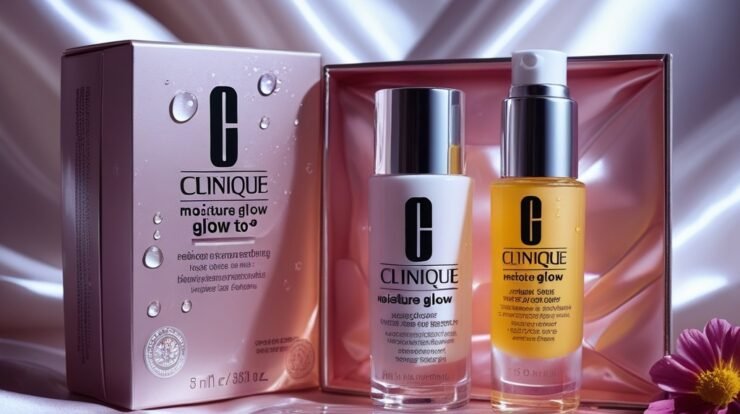When it comes to safeguarding your hearing or catching a good night’s sleep, ear plugs are a simple yet powerful tool. Whether you’re drowning out the hum of a busy hospital, silencing a snoring partner, or protecting your ears during loud events, finding the right pair in medical stores can make all the difference. As someone who’s spent years researching and testing ear protection solutions, I’ve explored the aisles of pharmacies and medical supply stores to bring you a detailed guide on the best ear plugs available. This article dives deep into the types, features, and performance of ear plugs you can find in medical stores, helping you make an informed choice for your specific needs.
Why Choose Ear Plugs from Medical Stores?
Medical stores, like pharmacies or specialized healthcare retailers, are a go-to destination for high-quality ear plugs. Unlike general retail, these outlets often stock products designed with health and safety in mind, vetted by professionals and sometimes even recommended by audiologists. Whether you’re seeking ear plugs for noise reduction, sleep, or medical purposes, these stores offer a curated selection that prioritizes comfort, durability, and effectiveness.
Ear plugs in medical stores often meet stringent quality standards, ensuring they’re hypoallergenic, non-irritating, and safe for prolonged use. They’re also more likely to come with detailed instructions and clear noise reduction ratings (NRR), which help you gauge their effectiveness. Plus, the staff at these stores are often knowledgeable, offering insights into which products suit specific conditions, such as tinnitus, sensory sensitivities, or post-surgical ear protection.
Understanding Noise Reduction Ratings (NRR)
Before diving into the best options, let’s talk about Noise Reduction Rating (NRR). This metric, measured in decibels (dB), indicates how much noise a pair of ear plugs can block. For example, ear plugs with an NRR of 32 dB can reduce a 100 dB sound to a safer 68 dB. Medical stores typically carry ear plugs with NRRs ranging from 20 to 33 dB, catering to various environments, from light background noise to industrial-level sound.
When shopping, keep in mind that the real-world noise reduction is slightly lower than the NRR due to factors like improper fit or material degradation over time. Always check the packaging for the NRR and consider your environment—sleeping in a quiet suburb requires less protection than working in a noisy clinic or attending a concert.
Types of Ear Plugs in Medical Stores
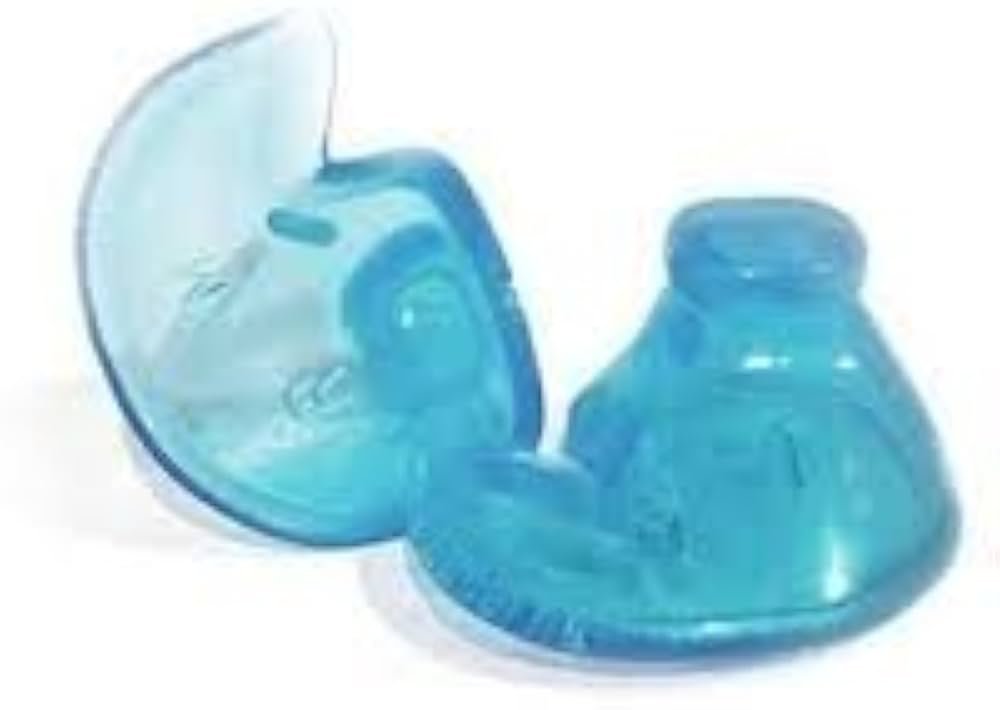
Medical stores stock a variety of ear plugs, each designed for specific purposes. Here’s a breakdown of the most common types you’ll encounter:
1. Foam Ear Plugs
Foam ear plugs are the most affordable and widely available option in medical stores. Made from soft, expandable polyurethane or PVC, these ear plugs are compressed before insertion, expanding to fill the ear canal for a snug fit. They’re ideal for one-time or short-term use, such as sleeping or studying in a noisy environment.
Pros:
- High NRR (typically 29–33 dB)
- Inexpensive, often sold in bulk
- Comfortable for most users when inserted correctly
Cons:
- Disposable, not eco-friendly
- Can feel bulky for small ear canals
- May degrade with frequent use
Brands like Mack’s and 3M dominate this category, offering reliable options with clear NRR labeling. For example, Mack’s Ultra Soft Foam Ear Plugs, often found in pharmacies, boast an NRR of 32 dB, making them excellent for sleep or travel.
2. Silicone Ear Plugs
Silicone ear plugs come in two forms: moldable (putty-like) and pre-molded. Moldable silicone ear plugs are pliable, allowing you to shape them over the ear canal’s entrance, making them ideal for swimming or light noise reduction. Pre-molded silicone ear plugs, on the other hand, are reusable and designed for a more precise fit.
Pros:
- Reusable, reducing waste
- Hypoallergenic and gentle on sensitive skin
- Great for water protection (e.g., post-ear surgery)
Cons:
- Lower NRR (20–25 dB) compared to foam
- Can be harder to clean
- May not block intense noise as effectively
Look for brands like Mack’s Pillow Soft Silicone Ear Plugs, which are a staple in medical stores for their versatility and comfort, especially for children or those with sensitive ears.
3. Wax Ear Plugs
Wax ear plugs, often blended with cotton for added comfort, are moldable and conform to the ear’s shape. They’re less common but still available in some medical stores, particularly for sleep or medical recovery.
Pros:
- Extremely comfortable for long-term wear
- Moldable for a custom fit
- Effective for low to moderate noise
Cons:
- Lower NRR (20–23 dB)
- Can feel sticky or messy
- Not ideal for high-noise environments
Ohropax Classic Wax Ear Plugs are a popular choice, often recommended for their softness and ease of use during sleep or recovery from ear procedures.
4. Custom-Fit Ear Plugs
Some medical stores, especially those affiliated with audiology clinics, offer custom-fit ear plugs. These are molded to your ear canal by a professional, ensuring maximum comfort and noise reduction. They’re pricier but worth it for frequent users, like musicians or healthcare workers exposed to constant noise.
Pros:
- Superior comfort and fit
- High NRR (up to 30 dB)
- Durable and reusable
Cons:
- Expensive (often $50–$200)
- Require professional fitting
- Not always in stock at smaller stores
Brands like Westone and Etymotic offer custom options, though you may need to order through a specialist.
Top Ear Plugs to Look for in Medical Stores
Based on my experience and research, here are some standout ear plugs you’re likely to find in medical stores, along with their key features:
1. Mack’s Ultra Soft Foam Ear Plugs
- NRR: 32 dB
- Best for: Sleep, travel, studying
- Price: $8–$12 for 50 pairs
- Why I Like It: These are soft, easy to insert, and provide excellent noise reduction for the price. They’re a go-to for anyone needing reliable, disposable ear plugs for occasional use.
2. 3M E-A-R Classic Ear Plugs
- NRR: 29 dB
- Best for: Work environments, loud events
- Price: $10–$15 for 50 pairs
- Why I Like It: Known for durability, these foam ear plugs are slightly firmer, making them ideal for prolonged use in noisy settings like hospitals or construction sites.
3. Mack’s Pillow Soft Silicone Ear Plugs
- NRR: 22 dB
- Best for: Swimming, post-surgical protection, light sleep
- Price: $5–$8 for 6 pairs
- Why I Like It: Their moldable design makes them versatile for kids and adults. They’re also doctor-recommended for preventing swimmer’s ear or protecting sensitive ears after surgery.
4. Ohropax Classic Wax Ear Plugs
- NRR: 23 dB
- Best for: Sleep, sensitive ears
- Price: $7–$10 for 12 pairs
- Why I Like It: These are incredibly soft and moldable, perfect for side sleepers or those recovering from ear procedures. They’re a bit messier but worth it for comfort.
5. Etymotic ER20XS High-Fidelity Ear Plugs
- NRR: 20 dB
- Best for: Musicians, concerts, loud events
- Price: $20–$25 per pair
- Why I Like It: These reusable ear plugs preserve sound clarity while reducing harmful noise levels, making them ideal for musicians or anyone attending live events.
How to Choose the Right Ear Plugs
Selecting the best ear plugs depends on your needs, environment, and preferences. Here are some tips to guide your decision:
- Purpose: Are you using ear plugs for sleep, work, travel, or medical recovery? Foam ear plugs are great for high-noise environments, while silicone or wax options suit swimming or sensitive ears.
- Comfort: If you have small ear canals or sensitive skin, opt for silicone or wax ear plugs. Foam can feel bulky for some users.
- Noise Level: Check the NRR to ensure it matches your environment. For example, 30+ dB is ideal for loud settings, while 20–25 dB works for light noise.
- Durability: Reusable silicone or custom-fit ear plugs are better for frequent use, while foam is more cost-effective for occasional needs.
- Budget: Foam ear plugs are the cheapest, while custom-fit options are a long-term investment.
Always try a small pack first to test comfort and effectiveness before committing to a bulk purchase.
Proper Use and Maintenance
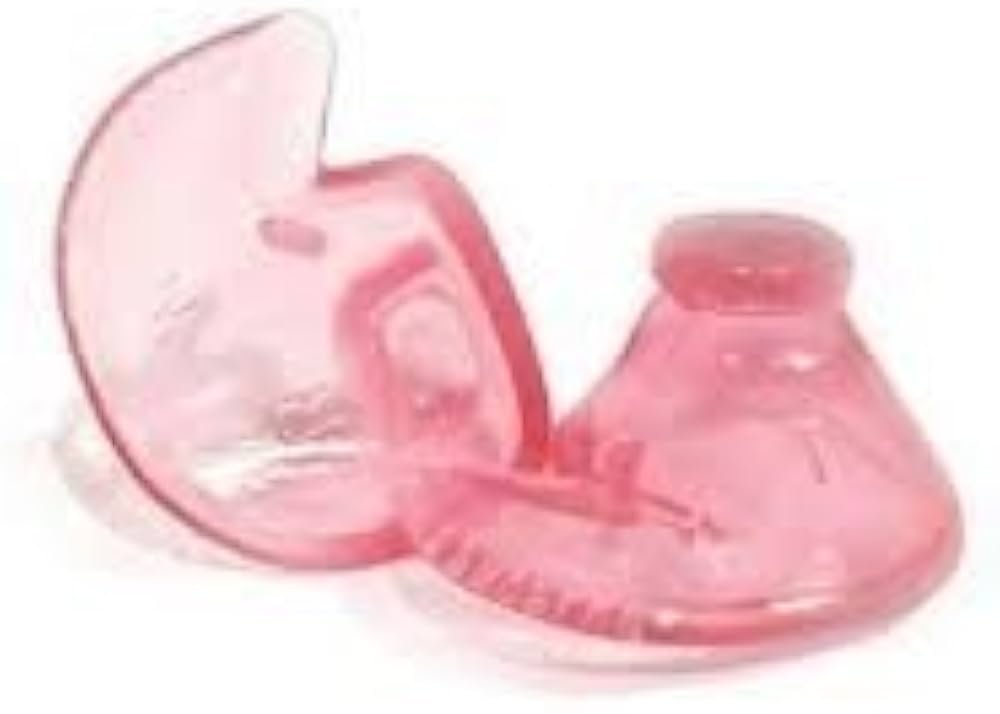
To get the most out of your ear plugs, proper insertion and care are crucial:
- Foam Ear Plugs: Roll the plug between your fingers until it’s thin, then gently insert it into your ear canal. Hold it in place for 20–30 seconds as it expands. Replace after a few uses or if they become soiled.
- Silicone/Wax Ear Plugs: For moldable types, flatten the plug and press it over the ear canal’s entrance, not inside. Clean reusable silicone plugs with mild soap and water, and store them in a case.
- Custom-Fit Ear Plugs: Follow the audiologist’s instructions for insertion and cleaning. Use a soft cloth or mild cleaner to maintain them.
Improper insertion can reduce effectiveness, so read the instructions carefully. If you experience discomfort or irritation, consult a healthcare professional to rule out allergies or fit issues.
Read more: Mastering Oral Health with the Philips Sonicare ProtectiveClean 4100 Electric Toothbrush
Where to Find Ear Plugs in Medical Stores
Most major pharmacies like CVS, Walgreens, or Rite Aid stock ear plugs near the health or personal care section. Larger medical supply stores, like those catering to hospitals or clinics, may carry specialized options, including custom-fit ear plugs. If you’re near a medical center, check their in-house pharmacy for professional-grade products.
Online medical stores, such as those affiliated with pharmacies, also offer a wide selection, often with customer reviews to guide your choice. However, buying in-store allows you to check the packaging and consult staff for recommendations.
Read more: Exploring the Mystique of Mugler Alien Eau de Parfum Natural Spray Refillable
Common Mistakes to Avoid
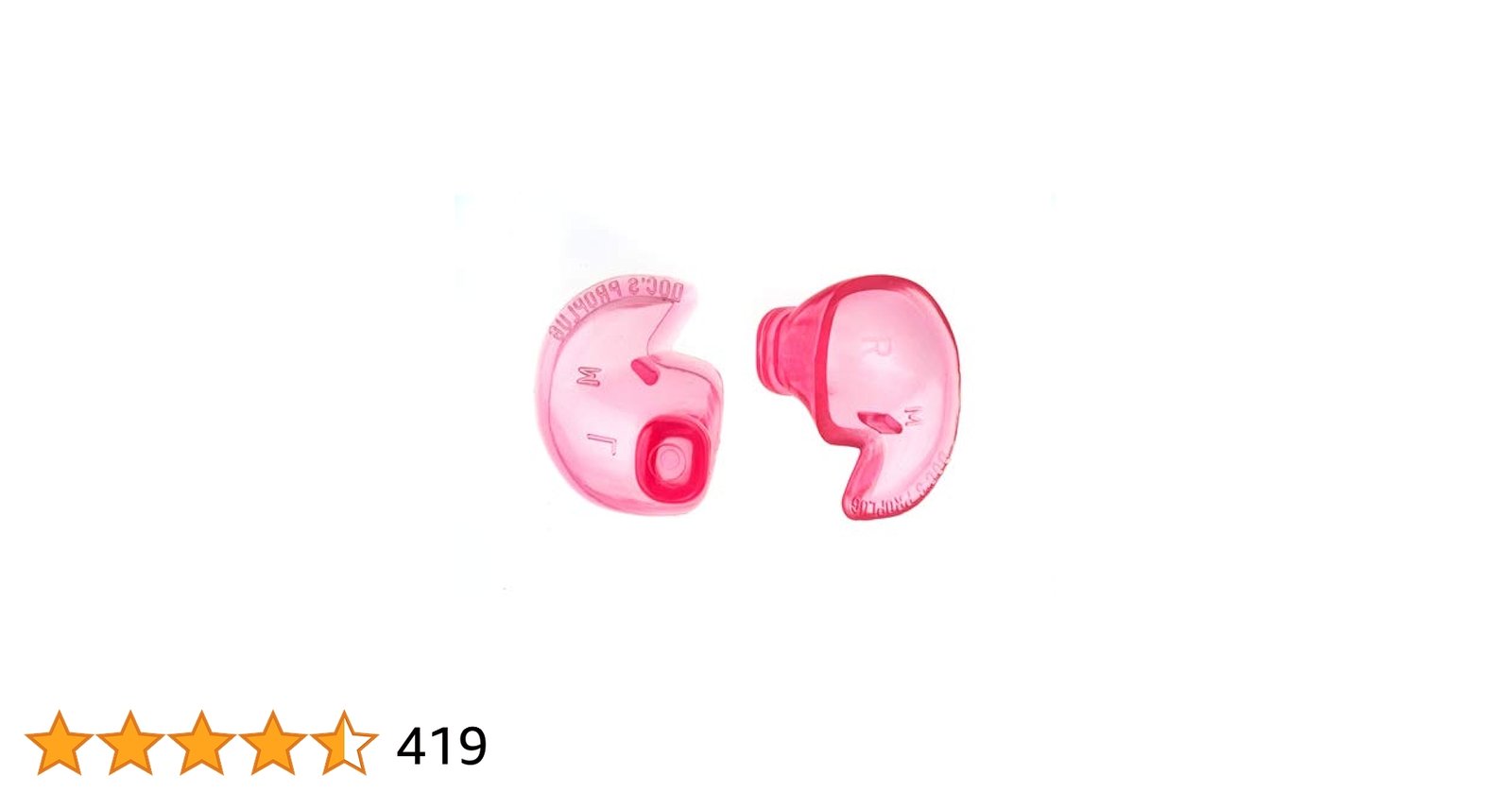
- Buying Based on Price Alone: Cheaper isn’t always better. Low-quality ear plugs may have inconsistent NRRs or cause discomfort.
- Ignoring Fit: Ear plugs that are too large or small won’t block noise effectively and may cause pain.
- Reusing Disposable Plugs: Foam ear plugs lose their shape and hygiene after a few uses, so replace them regularly.
- Skipping Instructions: Each type of ear plug has specific insertion methods. Skipping this step can reduce protection.
My Personal Experience with Ear Plugs
As someone who’s sensitive to noise, I’ve relied on ear plugs for years, especially during travel and sleep. I once struggled with restless nights due to street noise in a busy city. After trying various options, I found Mack’s Ultra Soft Foam Ear Plugs to be a game-changer for their high NRR and comfort. For swimming, I’ve used Mack’s Pillow Soft Silicone Ear Plugs, which kept water out during recovery from a minor ear infection. While pricier, custom-fit ear plugs from Etymotic were a worthwhile investment for concerts, preserving sound quality while protecting my hearing.
Read more: Exploring the Oral-B Pro 5000 Rechargeable Electric Toothbrush for Superior Dental Care
Conclusion
Ear plugs from medical stores offer a reliable, accessible solution for noise reduction, sleep, and ear protection. Whether you’re grabbing a pack of foam ear plugs for a quick fix or investing in custom-fit options for long-term use, these stores provide a range of products to suit every need and budget. By understanding your environment, checking NRRs, and prioritizing comfort, you can find the perfect pair to keep your ears safe and your mind at peace.
Next time you’re in a medical store, take a moment to explore their ear plug selection. You might be surprised at how a small purchase can make a big difference in your daily comfort and health.


